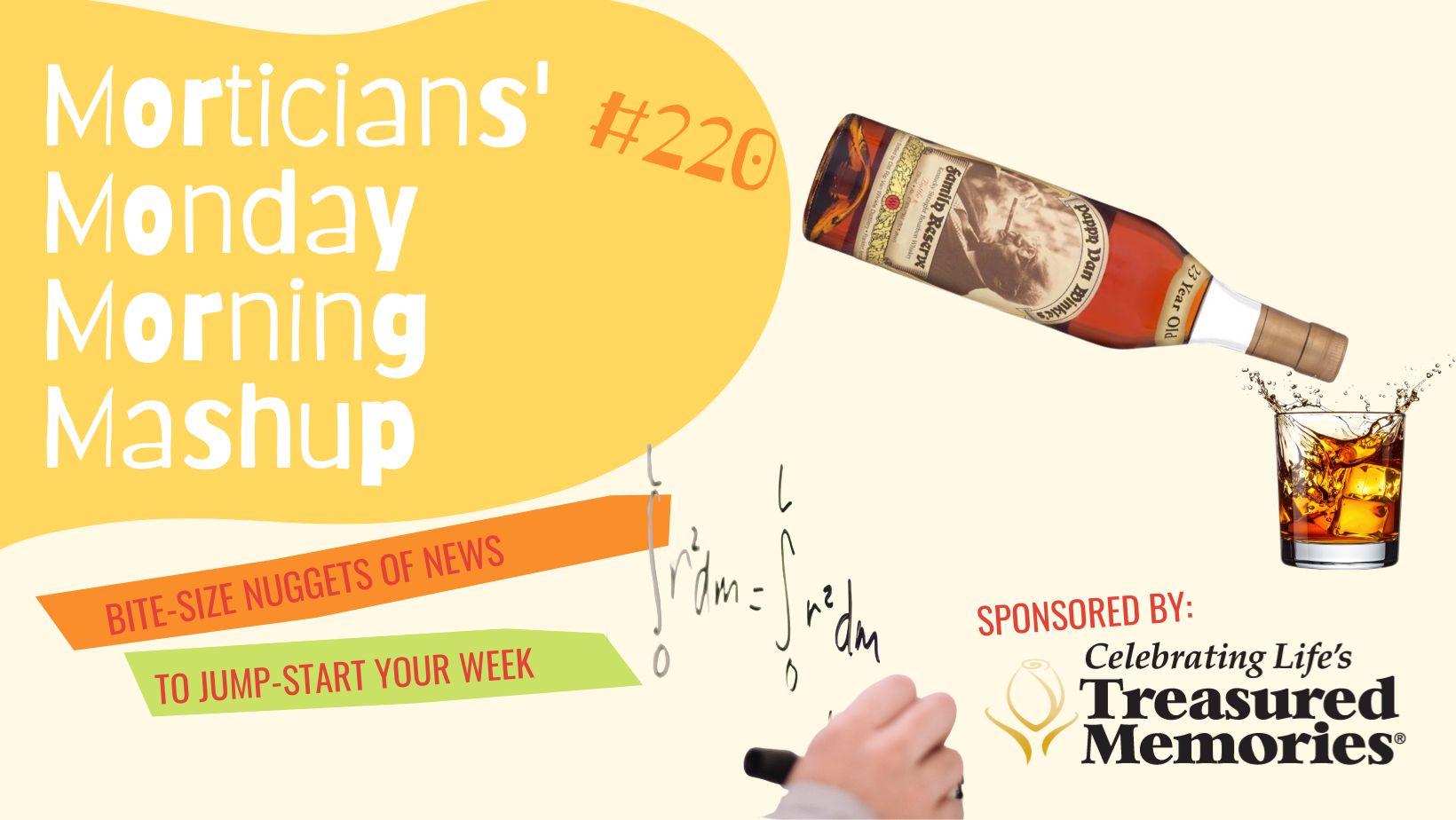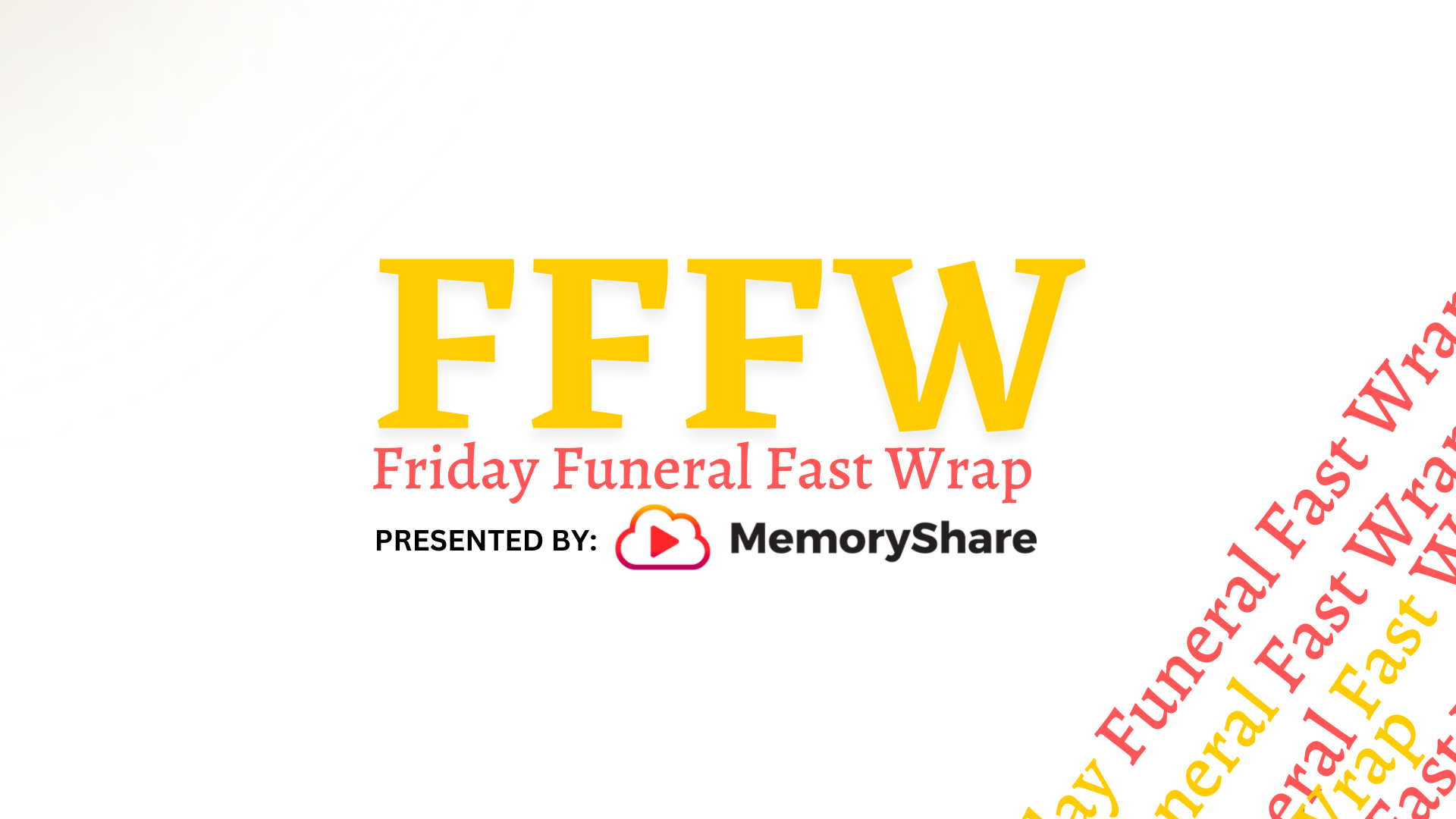Modern Funeral Directors Must Be Well-Rounded
 Jacquelyn Taylor admits that she doesn’t look like the stereotypical undertaker, “I’m white and female, and I used to be young,” the fiftysomething mortician says with a laugh. “I’m not at all what you think of as a funeral director – a tall, slender guy with the clammy hands and the affect, dressed in a dark suit,” she said. But not only is Taylor a licensed funeral director, she’s executive director of the New England Institute at Mount Ida College, one of the few institutions in the country that offers a bachelor’s degree in funeral home management.
Jacquelyn Taylor admits that she doesn’t look like the stereotypical undertaker, “I’m white and female, and I used to be young,” the fiftysomething mortician says with a laugh. “I’m not at all what you think of as a funeral director – a tall, slender guy with the clammy hands and the affect, dressed in a dark suit,” she said. But not only is Taylor a licensed funeral director, she’s executive director of the New England Institute at Mount Ida College, one of the few institutions in the country that offers a bachelor’s degree in funeral home management.
Originally founded in 1893, the school has changed with the times, from course work that focused on embalming, dressing, casketing, and cosmeticizing a dead body to an interdisciplinary curriculum that includes classes on grief counseling, marketing, funeral service law and ethics, and literature on death and dying.
“The contemporary, well-educated funeral director needs to know the technical but also the psychosocial and business aspect. People think we just put people in caskets and drive hearses, but there is a lot more to it than that,” says Taylor.
Students must do 10 embalmings over the course of their studies, and the first contact with a corpse can be uneasy, Taylor admits. “But I would rather see a student terrified than cavalier about it; and in 20 years of teaching, I’ve never had a student walk out and say, ‘This isn’t what I expected.’ “
In the restorative arts class that Taylor teaches, future morticians learn to work with wax and mortuary cosmetics, as well as grooming the body, which can include complexion color and tending to the hair, “but it also can be plucking ear hairs and finishing up a manicure,” she says.
When working on corpses herself, Taylor says: “I’m very picky; you essentially have to drag me away from a casket to stop fussing with things.”
Taylor says the typical funeral director can earn $50,000 and up. And unlike in the past, when male FDKs – or funeral director kids, as they’re known in the industry – dominated the scene, females with no family-business ties are entering the profession. Employment prospects are excellent, she adds.
How did you get into this profession? I lived in a small home that was next to a family church and also a funeral home. The only death that I had experienced was a goldfish and a cat; but when I started realizing that people die, we’d play on the sidewalk and dare each other to run up and touch the funeral home building and make it back without dying. One day I worked up the courage to knock on the door and ask them what they did in there. I clearly remember that the man answering the door had a short-sleeve dress shirt on, so I could see his arms and I knew he wasn’t a ghoul. He showed my friends and I around, unfortunately we didn’t get to see any dead people, and I knew from that point on that I wanted to be an undertaker.
In your classes at the New England Institute, do you teach the art of driving a hearse? When it comes to driving a hearse, the only art is: don’t back into anything. Not that I’ve ever done that. The other artful part is that you feel so self-conscious that you don’t dare take your hands off the wheel. When you pull up to a stop sign, you know that everyone is staring at you, so you have to be on your best behavior. And of course, you need to go way under the speed limit and do all the turn signal things. And, if I have to drive any distance, and need to stop to go to the bathroom, I never know where to park. No one at McDonald’s wants to park next to a hearse. It’s a little awkward.
What about wearing those dark suits? Of course, we need to dress the part. Students are told to bring a suit to school, just in case they’re going on a field trip or need to work a funeral on campus. I migrated here from the West Coast, and you see the dress code easing up a bit there, but here in the Northeast it’s definitely a dark suit on funeral days. Today, I’m wearing a charcoal suit with a tasteful aqua blouse. I have about 72 dark clothing items.
What do students learn in embalming class? Embalming is all about hygiene. We are giving the person their final bath and returning their dignity. This includes shampoo, shave, and pedicure, and posing the features, such as securing the mouth and eye closed with fine wires. We’ll also use preservative chemicals that we inject into the artery and are dispersed into the tissues by the capillaries. They always get this part wrong in TV and movies. You don’t drain the blood and put in the embalming fluid – it’s just the opposite. I hope my fiction friends get that right some day.
Where do you get your dead bodies from [for the school]? We take care of people who can’t afford to go to a funeral home, so we get referrals from social workers, medical examiners, or people who want to donate their body to science, but for some reason the body is not accepted by the medical schools.
What kind of equipment do you have at the school? A lot of things you’d recognize as surgical instruments, such as scalpels and forceps. We also have an embalming machine, which is like a water pump with a tank on top, as well as a cosmetic cart with an array of pigments, brushes, sponges, and curling irons. The embalming room looks like a surgical suite, and to get rid of the chemical smell we have an air purification (system) that would suck a bowling ball out of a closet. Then there is the refrigeration unit for storing the bodies, as well as embalming tables.
The job prospects are great, right? Well, just remember the old adage: Nothing is certain except for death and taxes. No one wants to work for the IRS, so come on over to the funeral home.
Article By: Cindy Atoji Keene of The Boston Globe
Above Photo: At New England Institute, Jacquelyn Taylor teaches future morticians to work with wax and mortuary cosmetics. (Yoon S. Byun/Globe Staff)



